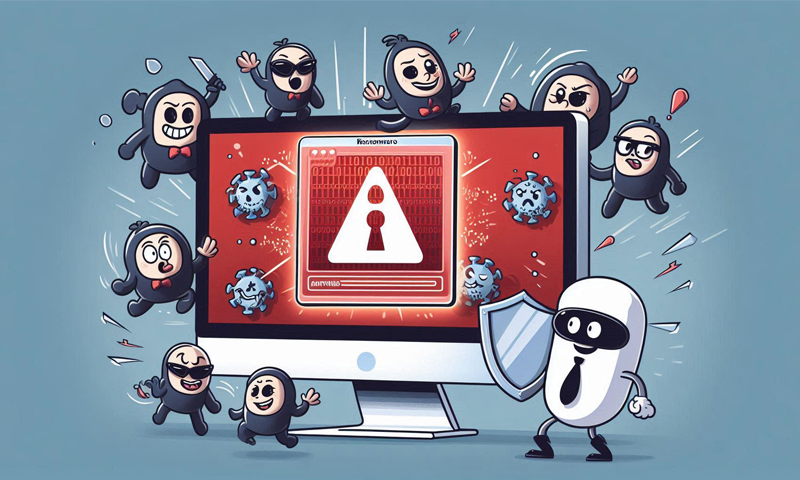In a concerning development, cybersecurity firm Kaspersky reports that over 2 million debit and credit card details have been leaked on the dark web. This breach coincides with a significant rise in devices infected by data-stealing malware, posing serious risks to consumers’ financial security.
Scope of the Breach
Kaspersky’s Digital Footprint Intelligence team analyzed data from 2023 and 2024, estimating that approximately 2.3 million bank card details were exposed on dark web marketplaces. Notably, 95% of these leaked card numbers appear technically valid, heightening the potential impact.
Surge in Malware Infections
The report also highlights a surge in infections from infostealer malware, which is designed to extract sensitive data, including financial information. Over the past two years, nearly 26 million devices were compromised globally, with more than 9 million infections occurring in 2024 alone. On average, every 14th infostealer infection resulted in stolen credit card data.
Potential Consequences
The exposure of such a vast number of bank card details on the dark web increases the risk of financial fraud, identity theft, and unauthorized transactions. Cybercriminals can exploit this information for various malicious activities, including draining bank accounts and conducting fraudulent purchases.
Recommendations for Consumers
In light of this breach, consumers are advised to:
Monitor Financial Statements: Regularly review bank and credit card statements for unauthorized transactions.
Enable Account Alerts: Set up transaction alerts to receive immediate notifications of account activity.
Use Strong Passwords: Employ complex, unique passwords for financial accounts and change them periodically.
Be Vigilant with Communications: Be cautious of unsolicited communications asking for personal or financial information.
Report Suspicious Activity: Immediately report any suspected fraud to your financial institution.
Recommendations for Organizations
Businesses should:
Enhance Security Measures: Implement robust cybersecurity protocols to protect customer data.
Educate Employees: Provide regular training on recognizing phishing attempts and other malware delivery methods.
Conduct Regular Audits: Perform frequent security audits and vulnerability assessments to identify and address potential weaknesses.
This incident underscores the critical need for heightened cybersecurity awareness and proactive measures to safeguard personal and financial information in an increasingly digital world.











